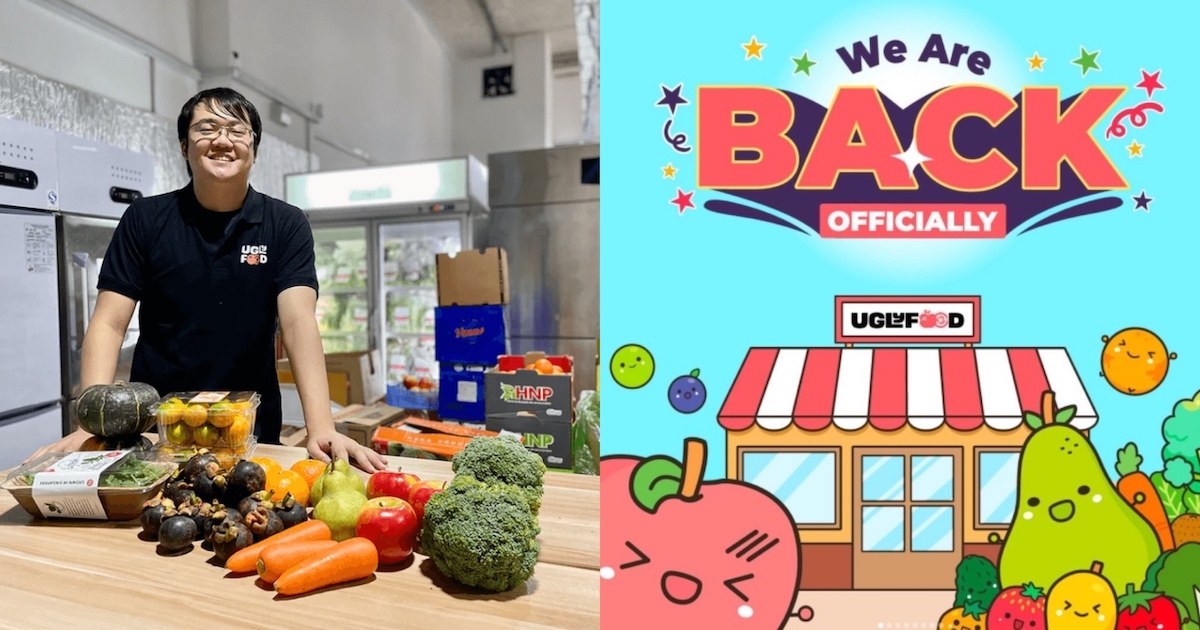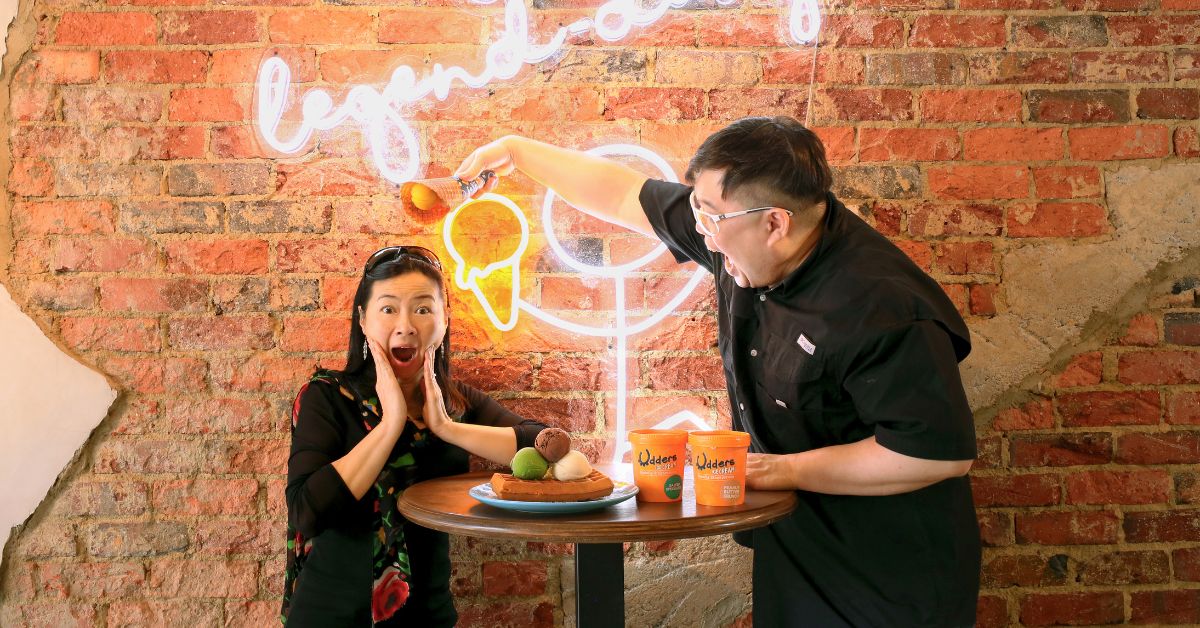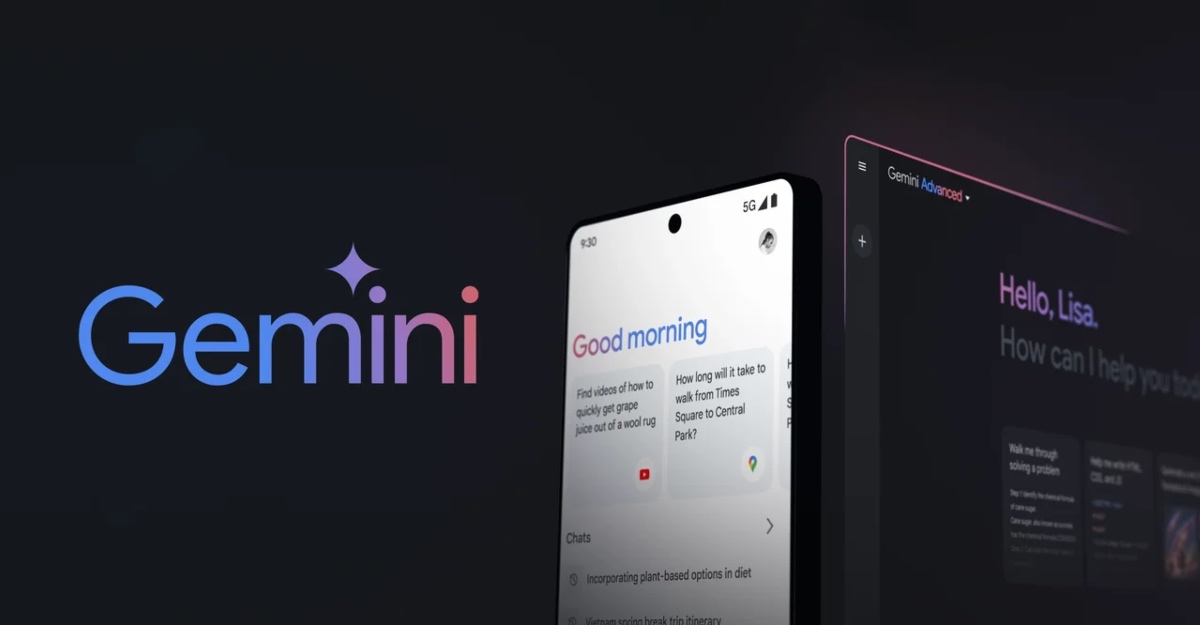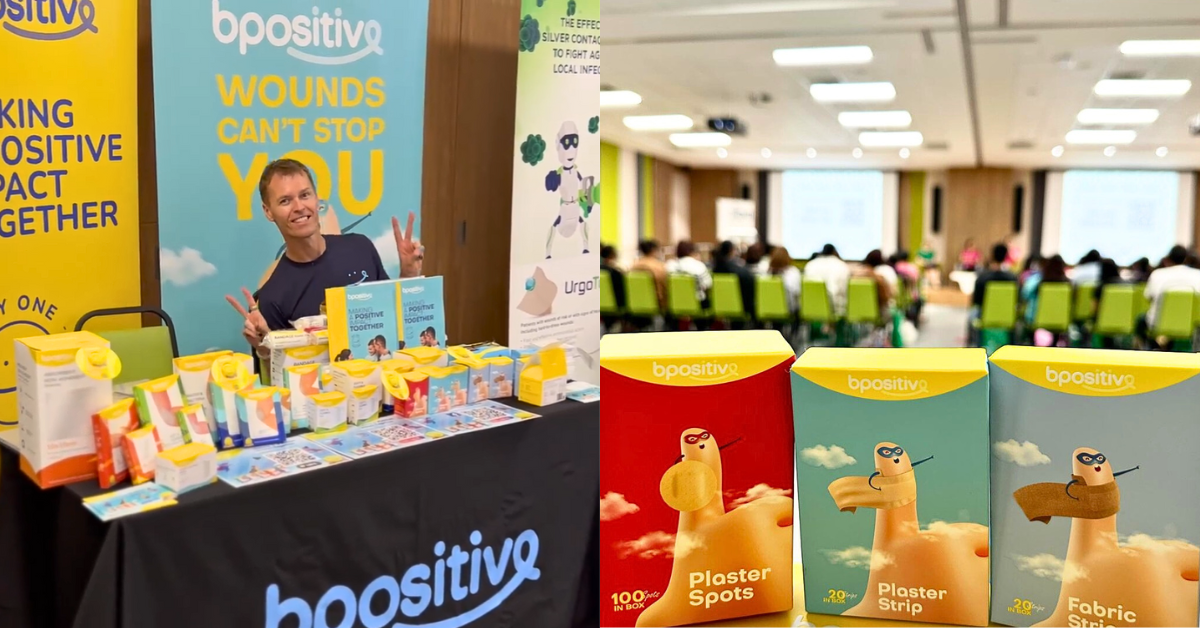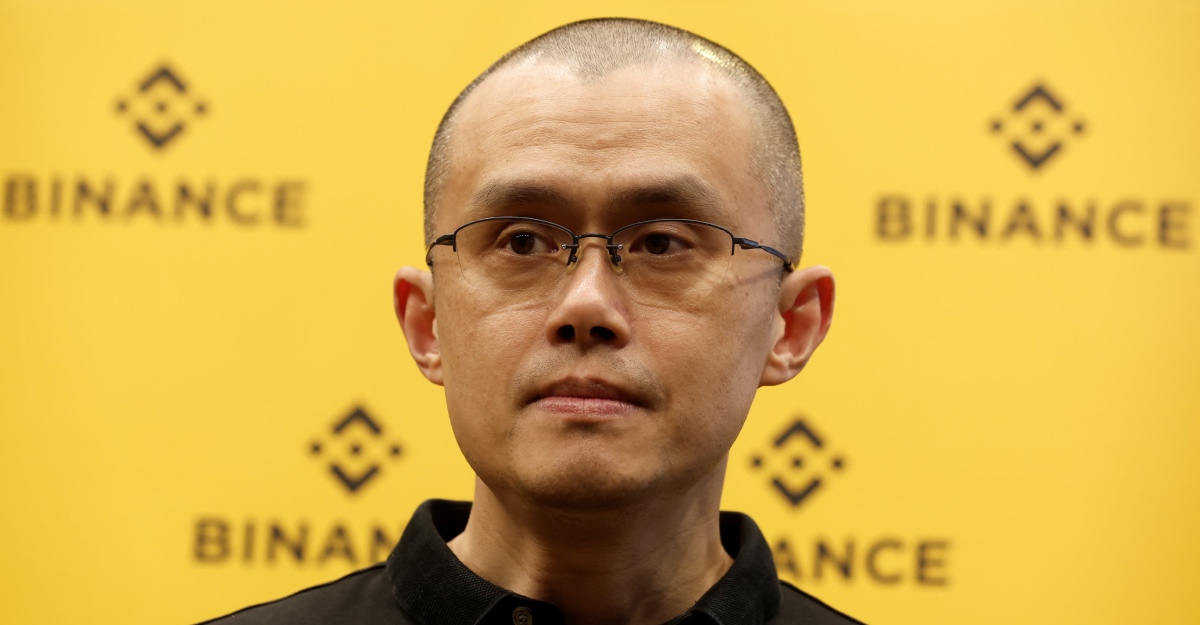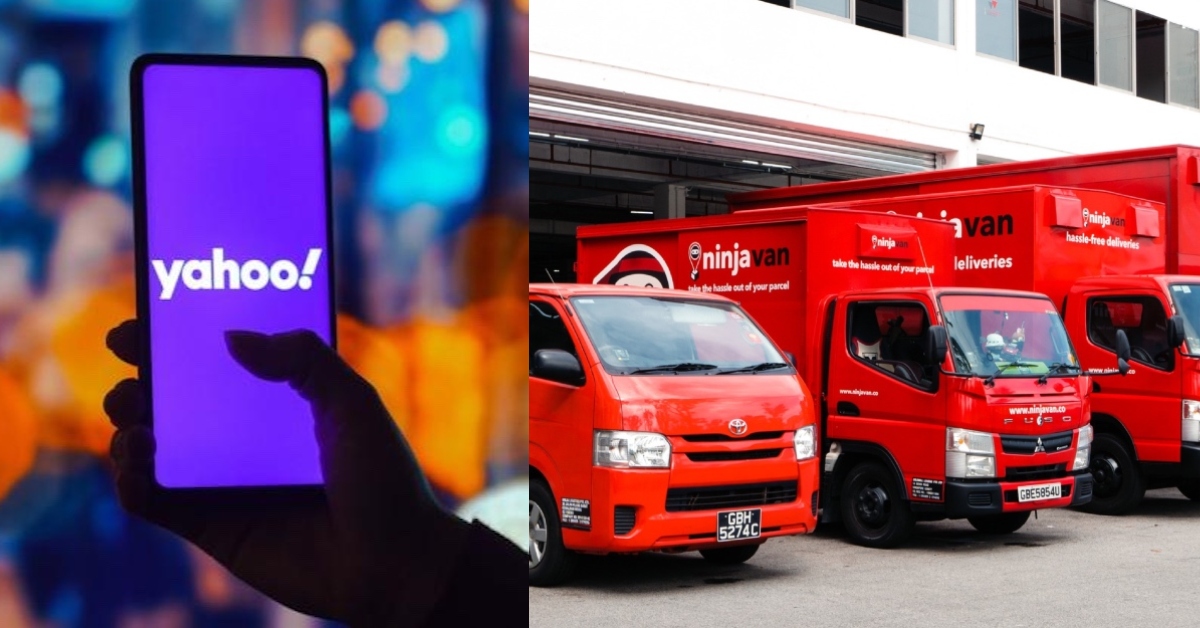Earlier on January 4 this year, homegrown food waste startup UglyFood abruptly announced its closure. In a lengthy LinkedIn post, co-founder Sean Goh revealed that the company was unfortunately unable to raise the funds it needed to continue its operations.
The startup has underwent a significant transformation since it was founded in early 2021 by Sean and fellow co-founder Augustine Tan.
Their vision was to tackle the pressing issue of food wastage, which led to the creation of UglyFood. The startup not only sells surplus or ‘ugly’ produce, but also offers its own branded products and responsibly sourced goods, all with the goal of promoting sustainability.
Prior to this, Augustine and Yao Pei Shan were at the helm of the company. However, Pei Shan left the company to start up FoodWarrior in February 2021, a platform that aims to educate Singaporeans on food sustainability. In its earlier stages, it explored different product lines such as selling juices, ice cream, and fruit tea.
This departure prompted the transition in leadership, as Sean and Augustine took charge of UglyFood and steered it in a new direction.
The closure of UglyFood earlier this year came as a shock to many, with many of them expressing their sadness and disappointment over the news on its social media channels. Over the years, the platform had amassed a following of over 28,000 on Instagram and almost 13,000 subscribers on Telegram (as of writing).
Just when it seemed like it was the end of the road for the food waste startup, UglyFood announced a surprise comeback on May 10. In an interview with remaining founder Augustine, he shared about the factors that led to both the decline and subsequent revival of UglyFood.
What led to the fall of UglyFood?
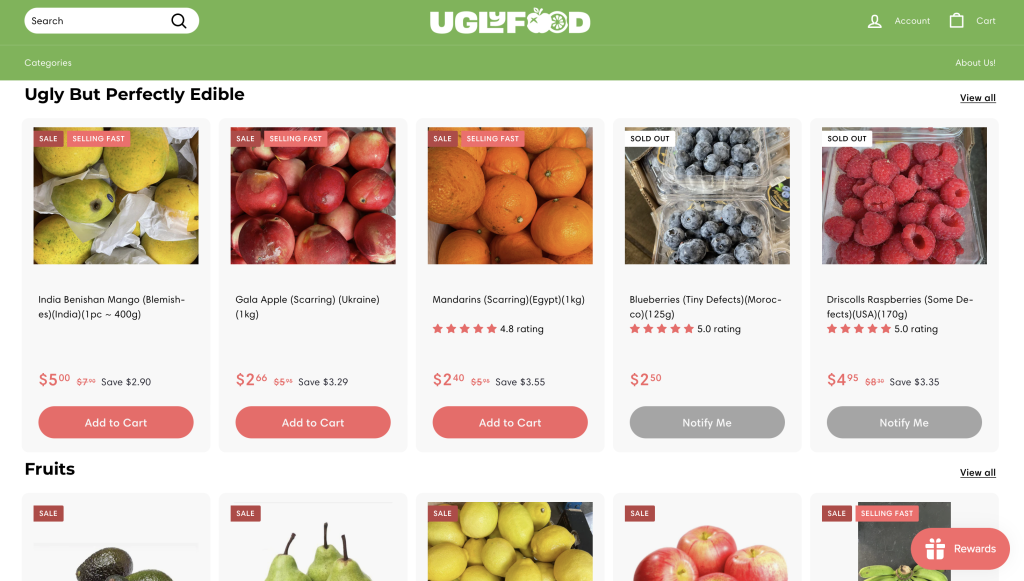
According to Augustine, a combination of various factors led to the business’ demise back in January. These include challenges in warehousing, logistics, food storage and last-mile delivery — all of which drove up costs and rendered the business unsustainable in the long term.
Furthermore, the rigorous quality checks conducted by the business posed another substantial cost burden for UglyFood. As the business specialised in selling blemished produce, they had to conduct thorough inspections to guarantee the safety and edibility of the goods.
Although the company previously raised US$120,000 funding in a pre-seed round, the only way for UglyFood to sustain its business at that time was to raise more funds, considering the high costs of running the startup.
Regrettably, the company’s inability to secure additional funding proved to be the fatal blow, resulting in the unfortunate closure of the business.
Our operations were basically overextended. We required funds to sustain the infrastructure of the business itself, and much more to grow. [UglyFood’s] failure to raise funds definitely impacted us a lot and changed the trajectory of the business.
– Augustine Tan, founder of UglyFood
UglyFood 2.0: The relaunch of the e-grocery platform
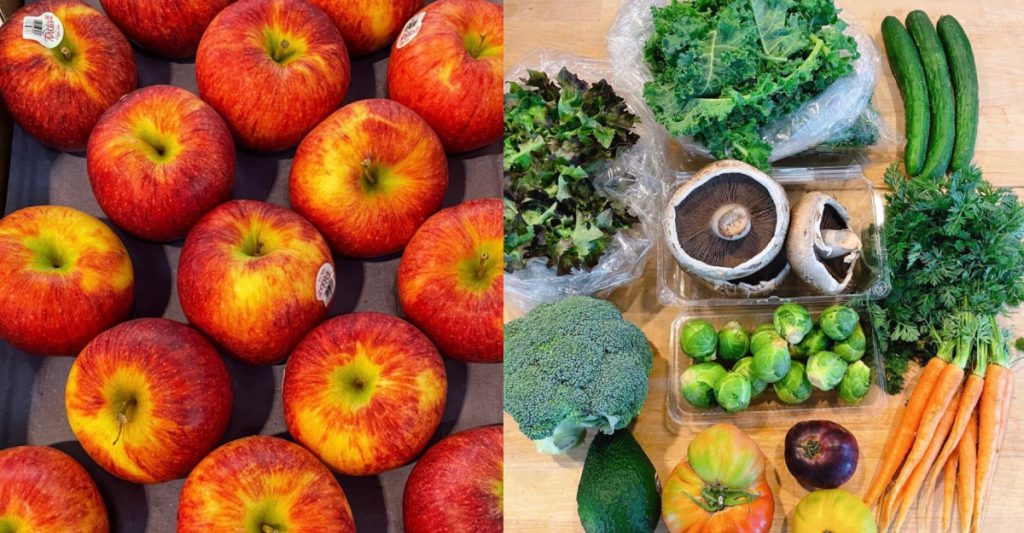
Following the closure of UglyFood, Augustine reflected on what he could’ve done differently if he could start UglyFood over again. This was when he arrived at a realisation that seeking strategic partners who possessed expertise in areas where he and the UglyFood team lacked proficiency could make the business journey smoother.
Recognising that such partnerships could provide a streamlined pipeline for business growth, Augustine actively pursued these collaborations, ultimately deciding to continue growing UglyFood rather than shutting it down. The 28-year-old founder declined to name these strategic investors, but expressed that this choice was what paved the way for the relaunch of the venture.
According to Augustine, he also received valuable encouragement from UglyFood’s suppliers. These suppliers recognised the positive impact that UglyFood was making in the sustainable food space, further fuelling his determination to forge ahead with the relaunch of the business.
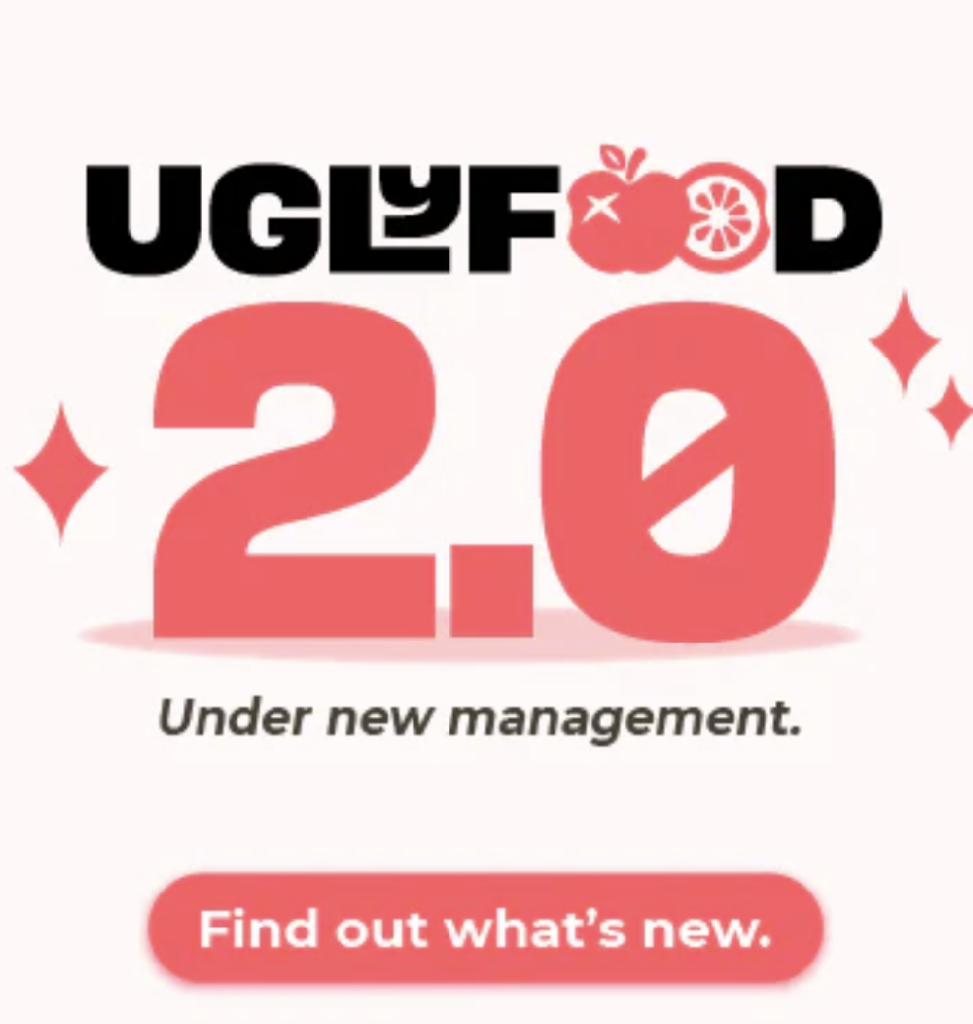
On March 10, UglyFood announced its comeback “under a new management”. According to Augustine, the company is now solely led by him, after the departure of Sean who left to “pursue other opportunities and revaluate his options”.
Following its relaunch, the company underwent a substantial downsizing process, reducing its team from 26 employees. Despite the significant reduction, Augustine maintains a positive perspective, viewing this downsizing as a favourable development. He emphasises that with this newly streamlined team, UglyFood has the opportunity to enhance its business efficiency and operational effectiveness.
“We want to have a slower progression [as compared to the previous iteration of UglyFood], hence, we are a lot smaller this time round. We’re hiring people to fill up roles that are essential for overall growth,” he added.
What’s different this time round?
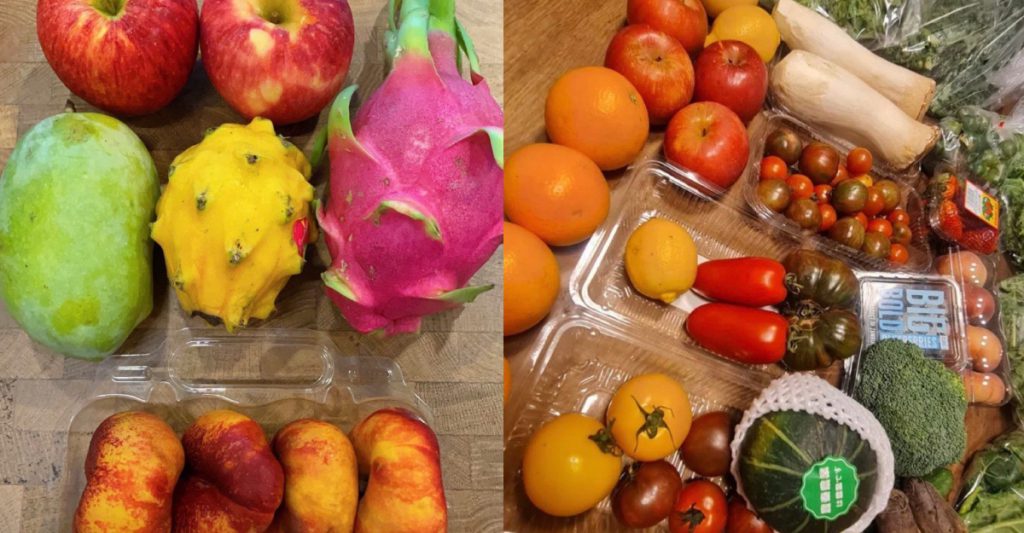
With the relaunch, UglyFood has made significant improvements to its logistics and backend systems.
One noteworthy improvement is the adoption of cold chain logistics, which enables the company to establish a meticulously controlled supply chain. This includes refrigerated facilities for the production, storage, and distribution of its produce, ensuring optimal freshness.
Prior to this, UglyFood relied on ice boxes for deliveries, which had a limited shelf life of merely four hours.
Furthermore, the company has streamlined its procurement processes by directly sourcing produce from farms. These optimisation measures result in cost savings for the startup, which can be passed onto its consumers.
Meanwhile, in terms of rebuilding their consumer base, Augustine shares that UglyFood’s customers have been “very, very supportive” so far. Its large social media following have made these efforts easier.
“It’s just a matter of retargeting the people who have been buying from us, just re-announcing and making it known that we’re back,” he explained.
For now, UglyFood is solely focused on its core offerings — ‘ugly’, or imperfect fruits and vegetables. Down the line, it is looking to restore its original range of offerings, which include other produce such as seafood, meat and poultry, as well as dairy.
All in all, UglyFood wants to stay true to its initial goal in promoting food sustainability.
We want to divert any and all sorts of food waste that could have been saved to appropriate parties. That always has been the goal, and will always remain as the number one goal for UglyFood.
– Augustine Tan, founder of UglyFood
Featured Image Credit: Augustine Tan / UglyFood
